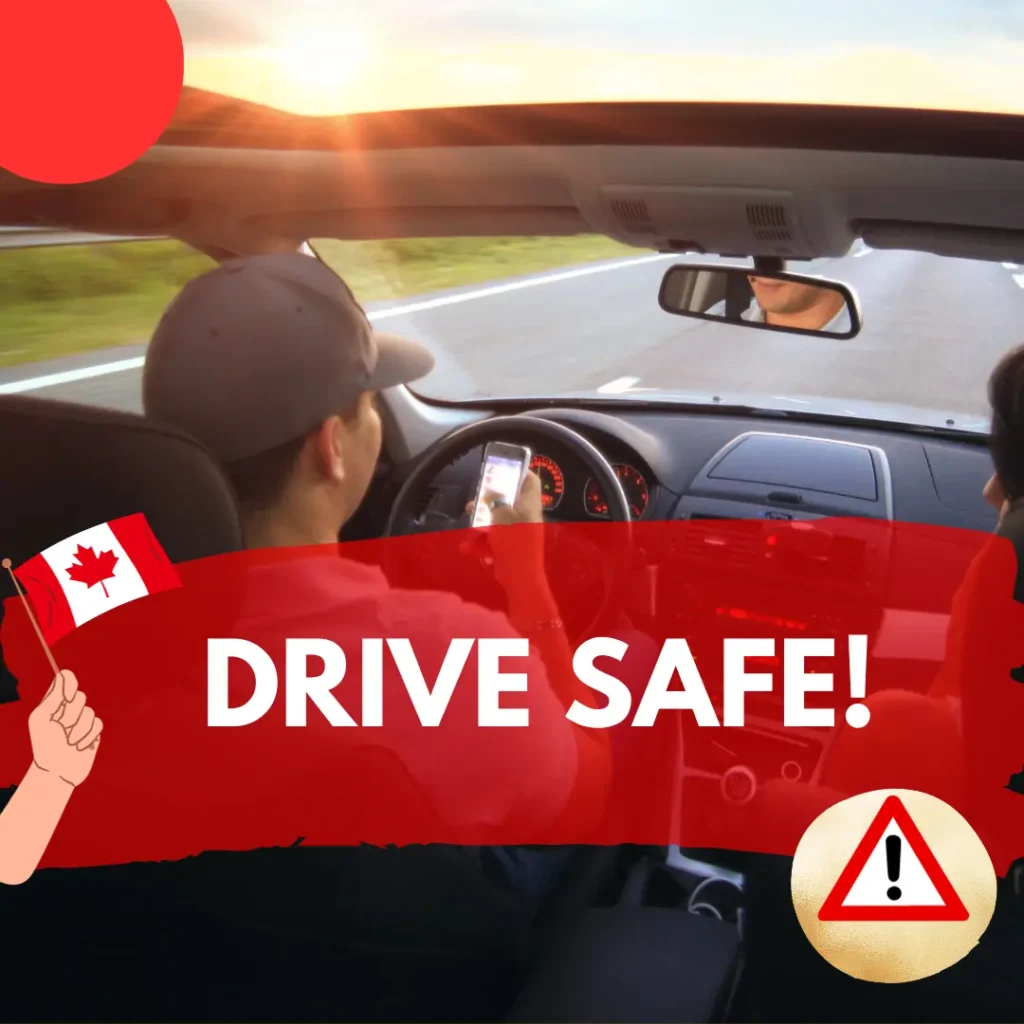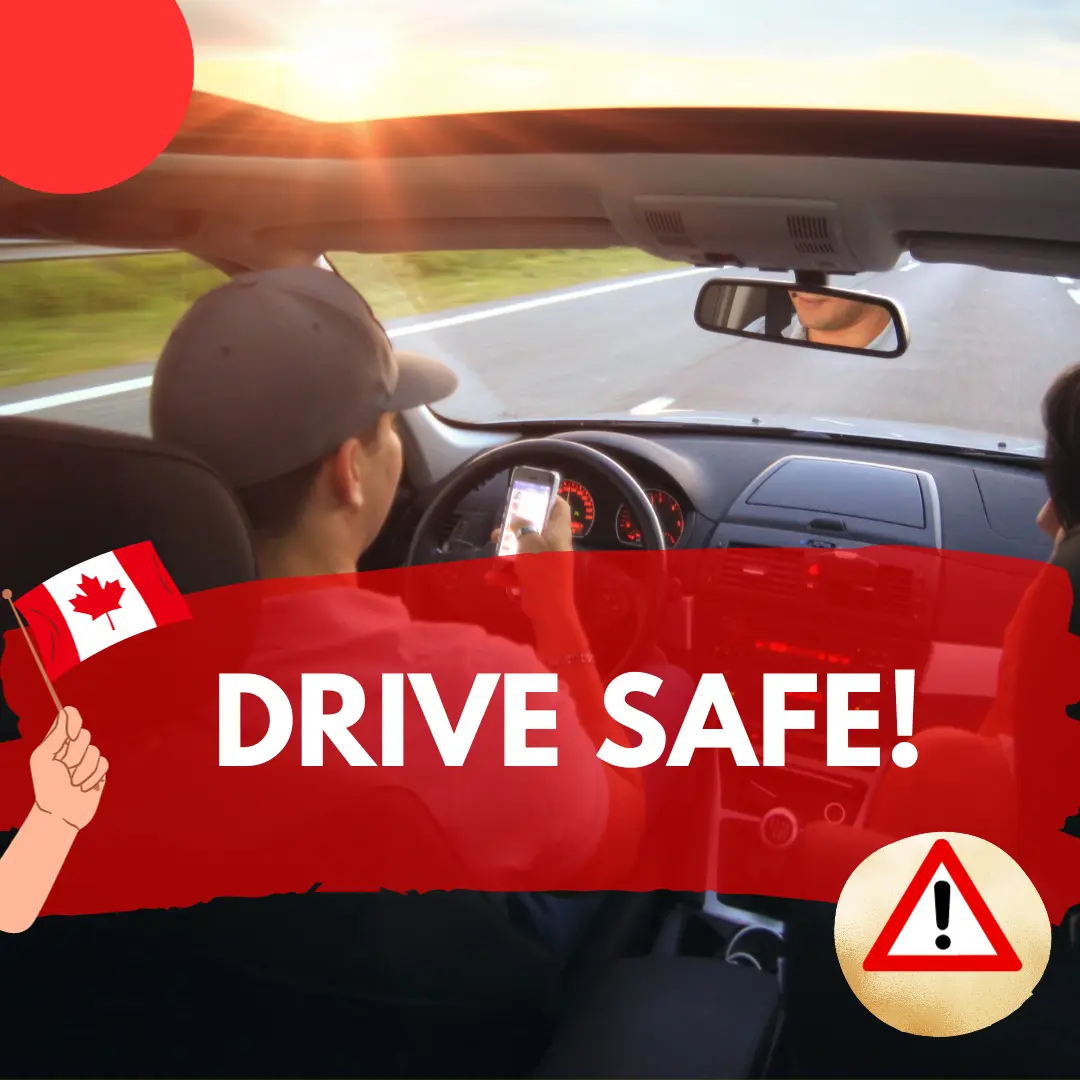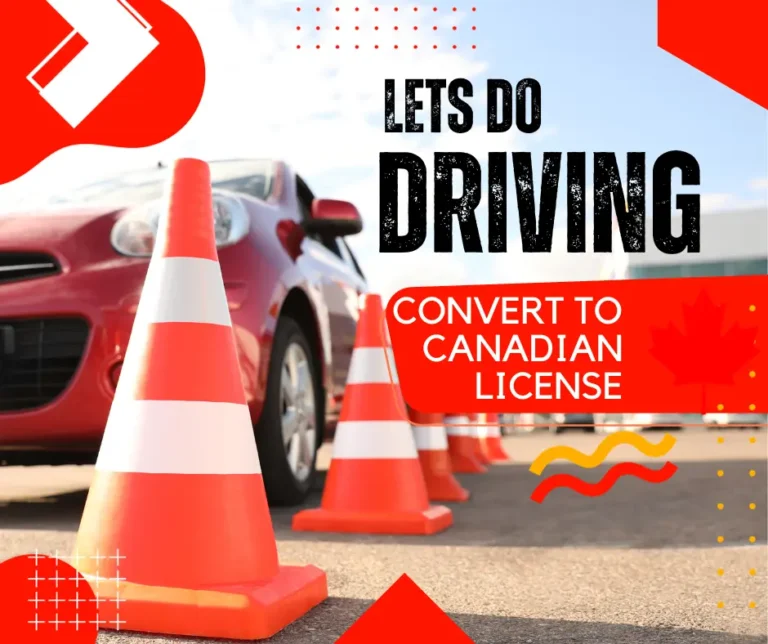Top 10 Best Driving Practices
Many people find that driving practices are an important part of their daily lives. It can be used to enhance personal, social, or professional activities. Driving plays a key role in our daily lives. The ability to drive allows individuals to access services and workplaces at times that are convenient to them.
The driving facilitates social and family activities such as social gatherings and outings. Students who commute to school, college, or university often find that driving practices are essential.
The freedom and independence that come with driving are great feelings. Driving allows people to choose their daily schedule, travel route, and destination without having to rely on the schedule of public transport. In an emergency, driving is a quick way to respond.
Safe Driving Practices and Guidelines
Following best driving practices will help to ensure safety and promote responsible, considerate and respectful behavior. These are the 10 most important driving habits:
Traffic Laws
Respect speed limits, road signs, and traffic signals. The traffic laws regulate the road user’s behavior to maintain safe, orderly transport. These laws include rules relating to the right of way, speed limits, traffic signs, road signals, and more. Traffic laws are essential for road safety, maintaining traffic, and preventing accidents. Violations of traffic laws can result in fines, points on your license, and other legal penalties. For responsible driving, it is essential to be familiar with the traffic laws and adhere to them. Following traffic laws, driving practices, and guidelines is crucial to driving safely.

Avoid distractions by
Avoid distractions and stay focused during your driving practices. To ensure safety on the road, it is essential to stay focused while driving. The driver is distracted by distractions like texting or talking on the cell phone. The driver should keep his eyes on the road while keeping an eye out
for traffic.
Avoid using your mobile phone, tuning the radio, and engaging in other distractions while driving. Accidents and other serious consequences can result from distracted driving. Distractions can be avoided by drivers to create a safe driving environment. They also reduce collision risks and are responsible for themselves and other road users. So, limit using your phone or texting while driving.
Always maintain a safe distance when following
To allow adequate time to react in the event of an emergency or sudden stop, keep a safe following distance.
Maintaining a safe following distance is an important practice in road safety. The following distance is a central key for allowing drivers to react in time in the event of sudden maneuvers or stops by the vehicle ahead. Drivers can avoid rear-end accidents by maintaining a safe space and having enough time to react to changes in traffic. A general rule is to keep at least one vehicle length back for every ten miles per hour. This creates a safe buffer area that allows traffic to flow more smoothly. Maintaining a safe distance during driving practices is an effective way to reduce accidents and encourage responsible driving.
Turn signals in
To improve overall communication, signal your intentions early to other motorists using the proper turn signals.
The use of turn signals is essential for safe driving, as they are used to communicate the driver’s intention to other road users. The vehicle’s signal stalk is used to activate these signals. They indicate whether the driver wants to turn around or change lanes. Drivers must activate their turn signals in advance to give other drivers and pedestrians ample warning when making a turn.
It is a simple but crucial way to improve communication, reduce confusion on the roads, and promote overall safety. The proper use of turn signals is an example of considerate and responsible behavior that contributes to a smooth flow of traffic.
How to Adapt Weather Conditions
Weather conditions can affect your driving practices, style, and speed. Safe driving requires drivers to adjust their behavior according to changing weather conditions. When driving in adverse conditions such as fog, rain, or snow, the driver should change their behavior to maintain optimal vehicle control. This involves adjusting speed for road conditions, increasing the following distance, and using your headlights to improve visibility.
Be careful when you brake and accelerate. Driving at a steady speed is essential to avoid hydroplaning during heavy rainfall. In fog, you should use low-beam headlights. You also need to pay more attention on the road. To adapt to changing weather conditions, drivers must take a proactive approach and make necessary changes to their driving to maintain safety.
Practice defensive driving
Prepare yourself for other drivers’ actions and anticipate possible hazards. Be aware of what is going on around you to prevent accidents. Defensive driving involves a proactive, preventative approach to safety on the road. It requires anticipating hazards and being ready to react to unanticipated situations. Defensive driving involves being alert, aware, and maintaining a safe distance.
Defensive drivers anticipate other road users’ actions and take preventive measures to avoid accidents. Defensive driving involves obeying traffic rules, not being distracted, and adapting the road to changes. Adopting a defensive mindset will help create a safer driving environment. This is done by minimizing risks and encouraging responsible driving behind the wheel.
Right of Way for Yielding
You must respect the rules of right-of-way to maintain a smooth flow of traffic. You must yield when necessary, especially at intersections and at pedestrian crossings.
For a smooth and safe traffic flow, it is essential to know the rules regarding right of way. A driver yields to another car or pedestrian when certain conditions are met. In intersections with no stop sign or traffic signal, for example, the first vehicle or the one to the left usually gets the right of the way.
In crosswalks, pedestrians have the same right-of-way as drivers. The principle of yielding helps to prevent accidents and maintain a harmonious interaction among road users. Right-of-way laws should be followed by drivers to ensure a smooth and safe traffic flow.
Observe parking etiquette
Avoid congestion by parking in designated areas and following parking regulations. Parking etiquette helps to maintain order in parking lots that are shared. Parking should be restricted to designated spaces, with respect for signage and marked lines. It is important to avoid double parking or blocking entryways, as well as occupying parking spaces that are reserved for certain purposes, such as accessible parking.
Drivers should also be mindful of other drivers when parking their vehicles in congested areas. They must ensure that they are not blocking traffic or creating inconvenience for fellow motorists. Parking etiquette is important for maintaining a peaceful parking environment. It also helps to minimize congestion and make the most of parking space.
Be calm and patient
Be calm and patient when driving, especially during heavy traffic. Avoid aggressive driving. A calm, patient attitude is essential to responsible driving. Drivers should not display aggressive behavior, road rage, or impatience in challenging circumstances, like heavy traffic. By staying calm, drivers can make more rational decisions and respond to changes in conditions with greater consideration.
They also contribute to creating a safer and more relaxed driving environment. The ability to drive with patience reduces stress and improves road safety. It also fosters an enjoyable and thoughtful driving experience.
Maintenance of vehicles
Regularly check the brakes and tires. Also, make sure to inspect other vital components.
Maintaining your vehicle will increase its safety. For vehicles to operate safely and efficiently, regular maintenance is essential. It includes regular checks and service of important components like brakes, wheels, lights, fluids, engines, etc. To ensure optimal performance, it is important to perform regular oil changes and rotate tires. Attention should also be paid to the warning lights that appear on dashboards. Proper maintenance of a vehicle not only increases its life expectancy but also lowers the chance of a breakdown or accident on the road. Maintaining a well-maintained car is an important part of driving safely and responsibly.
Incorporating these driving practice tips into your routine will make you safer on the road and for other road users. Safety driving is a collective responsibility. Safe driving practices help to reduce traffic accidents, injuries, and fatalities.
What is the best advice for safe driving?
To drive safely, you need to be vigilant, responsible, and follow traffic laws. First, it is essential to maintain focus and avoid distractions while driving. This includes texting on your phone or talking on the cell. To prevent accidents, it is important to obey the speed limit and adjust driving speed depending on road conditions. Defensive driving can improve road safety by anticipating possible hazards and being ready for a quick reaction. The use of seat belts is essential at all times to protect both driver and passenger. It is important to maintain your vehicle regularly, which includes performing brake and tire checks. For safe driving, it is essential to refrain from drinking alcohol or using drugs. In general, driving safely requires a mix of attention, compliance with traffic rules, and responsible behavior behind the wheel.
What is the most important sense for safe driving?
Vision is the most crucial sense for safe driving. Vision that is clear and accurate provides the driver with vital information regarding their surroundings, including road signs and potential hazards. Clear vision is essential for making well-informed decisions, measuring distances, and responding quickly to changes in conditions. Drivers need to be able to see clearly in order to navigate and avoid accidents. Although other senses, such as touch and hearing, are also important in driving, visual perception is the most crucial. It ensures the safety of the driver, their passengers, and anyone else on the road. The use of corrective glasses and regular eye exams, as needed, can enhance this sense’s effectiveness in encouraging safe driving.







